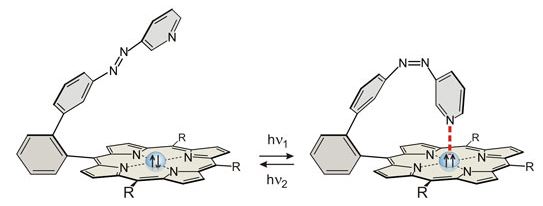
Magnetic Nanoparticles: From Fabrication to Clinical Applications
September 15, 2011Now available for pre-ordering from CRC Press or Amazon.
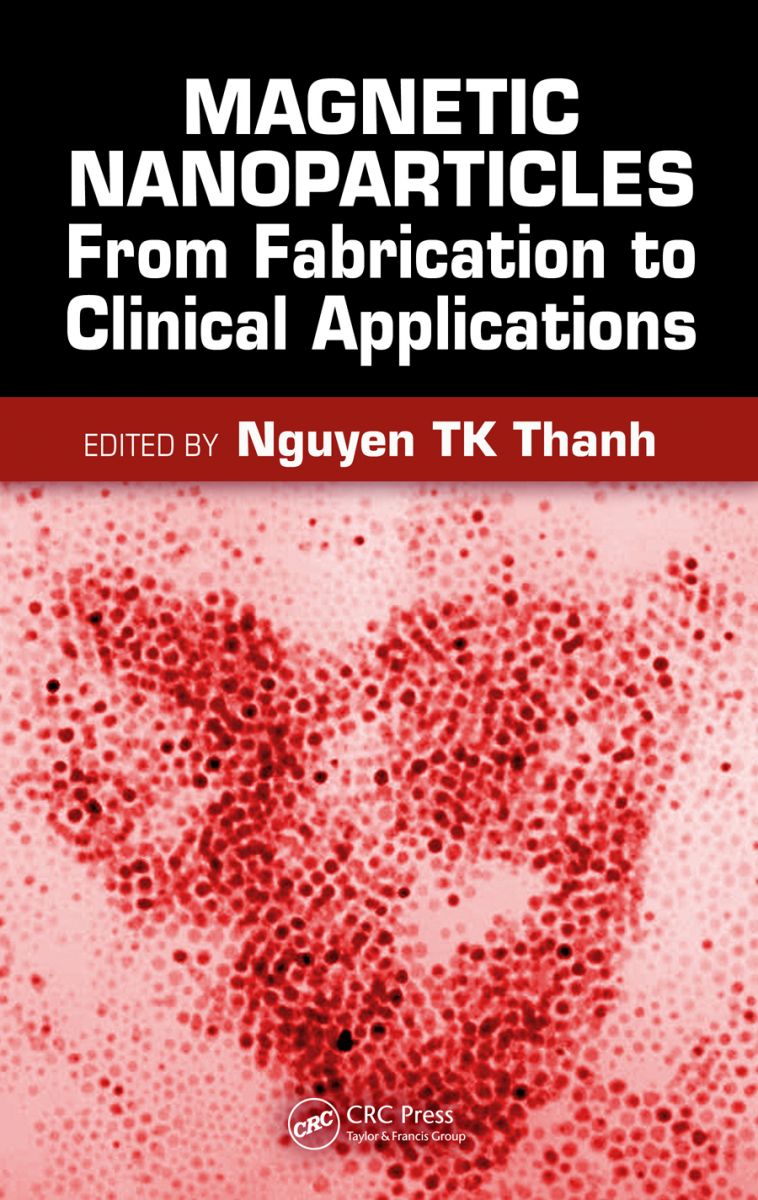
Offering the latest information in magnetic nanoparticle (MNP) research, this comprehensive volume reveals the in-depth knowledge behind this highly important and emerging area of nanotechnology. It covers the synthesis and characterization of MNPs, the biofunctionalization of MNPs, and the biomedical and clinical applications of this technology including using MNPs in diagnostic MRIs, gene delivery, and the treatment of cancers. Balancing clinical applications with the underlying theory and foundational science behind these new discoveries, this book stimulates those entering the field as well as practicing engineers toward new research and further groundbreaking developments.
The book will be release January 25, 2012
Magnetic Particle Imaging Workshop (IWMPI2012)
September 15, 2011
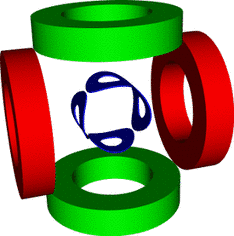 The workshop aims to cover the status and recent developments of both the instrumentation and the tracer material in performing magnetic particle imaging. Furthermore, the workshop aims at presenting first results from phantom and pre-clinical studies. There will also be an opportunity to present research findings and results to a highly interested audience of professionals and academic experts active in the field.
The workshop aims to cover the status and recent developments of both the instrumentation and the tracer material in performing magnetic particle imaging. Furthermore, the workshop aims at presenting first results from phantom and pre-clinical studies. There will also be an opportunity to present research findings and results to a highly interested audience of professionals and academic experts active in the field.Submission of Abstracts: October 4, 2011
March 15-16, 2012, Lübeck, Germany
Electronic Manipulator with 5 Degrees of Freedom
September 15, 2011
Aeon Scientific manufactures micromanipulati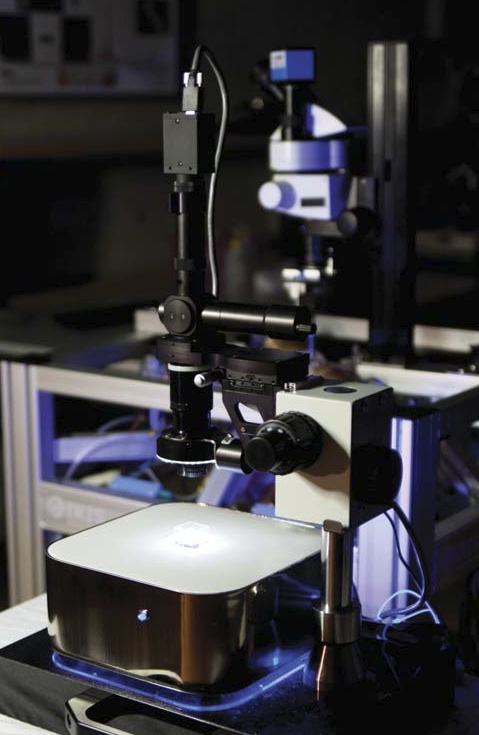 on systems capable of 5 degree-of-freedom wireless magnetic control of an unthethered agent within a spherical workspace of 10mm diameter.
on systems capable of 5 degree-of-freedom wireless magnetic control of an unthethered agent within a spherical workspace of 10mm diameter.
Aeon Scientific is interested in finding a distributor; for information, please contact Dominik Bell by email.
Magnetics Business and Technology Magazine
September 14, 2011Magnetics is a trade journal for technical professionals who integrate or utilize magnetic technologies in their products and applications, and for technical and management professionals in the magnetics industry.. The magazine is published quarterly in the spring, summer, fall and winter.
The summer edition has been released and is available in a searchable digital format

Single-Molecule Magnets Evolve
March 29, 2011An unusually unsymmetrical organometallic complex made up of an erbium atom sandwiched between two different aromatic hydrocarbon rings exhibits unique magnetic behavior, a new study shows. This complex could become a prototype for further development of single-molecule magnets (SMMs), which are being sought for applications such as high-density information storage and quantum computing.
 Conventional magnets rely on the collective behavior of the unpaired electron spins of millions of individual metal atoms in a bulk material. SMMs, on the other hand, individually exhibit magnetlike behavior. A magnetic device made with these complexes, each storing a bit of data, could hold thousands of times more information than current storage devices.
Conventional magnets rely on the collective behavior of the unpaired electron spins of millions of individual metal atoms in a bulk material. SMMs, on the other hand, individually exhibit magnetlike behavior. A magnetic device made with these complexes, each storing a bit of data, could hold thousands of times more information than current storage devices.
Most SMMs are based on cluster compounds with multiple metal-ion cores such as Mn12O12, but only about 10 examples of single-metal-ion SMMs are known. A research team led by Song Gao and Bing-Wu Wang of Peking University, in China, has synthesized and studied the magnetic properties of a new type: an erbium cyclooctatriene pentamethylcyclopentadiene complex (J. Am. Chem. Soc., DOI: 10.1021/ja200198v).
Bimodal Imaging Reveals 5 nm Superparamagnetic Proteins in Liquid
March 26, 2011Researchers at the Consejo Superior de Investigaciones Cientificas (CSIC) have developed a novel atomic force method called bimodal force microscopy to simultaneously detect short and long-range forces of different nat.jpg) ure. The method is applied to image protein-based magnetic particle carriers in air and liquid with a 5 nm spatial resolution.
ure. The method is applied to image protein-based magnetic particle carriers in air and liquid with a 5 nm spatial resolution.
The CSIC team has discovered a new nanomechanical process based on the coupling of two resonances of the force microscope microcantilever to identify and separate short- and long-range interactions. The coupling is mediated by the nonlinear character of the tip-surface forces. The technique enables the detection of a minimum magnetic moment around 50 µB in a ferritin molecule with an estimated size of 5 nm. It reaches a lateral magnetic resolution below 7 nm in liquid.
The team presented its work in the journal Nanotechnology.
Do You Need Very Small Magnets?
March 26, 2011Flygain is a professional hi-tech enterprise ,which is specialized in precisely processing of superhard materials. It engages in precisely processing and R&D of Rare-Earth Magnet materials, stones, superhard or brittle material miniature components. Check them out here: http://www.flygain.com/

Nanotechnology Researchers Develop Molecular Machine in form of Record Player
January 28, 2011A Kiel research group headed by the chemist, Professor Rainer Herges, has succeeded for the first time in directly controlling the magnetic state of a single molecule at room temperature, as reported in the Science article "Magnetic Bistability of Molecules in Homogeneous Solution at Room Temperature". The switchable molecule, which is the result of a sub-project of the Collaborative Research Centre 677 "Function by Switching", could be used both in the construction of tiny electromagnetic storage units and in the medical imaging.
The record player molecule is shown here as a model. The arrows symbolise the magnetic state in the nickel ion which can be directly switched by contact with the nitrogen atom on the 'tone arm'. Irradiating the molecule with blue-green light, the nitrogen atom is placed vertically to the nickel ion, which becomes magnetic, because the pairing of the two electrons is cancelled out. This reaction can be repeated thousands of time, without side reactions.
The switch with its diameter of only 1.2 nanometres could be used as a tiny magnetic reservoir in molecular electronics. Most of all, hard disk manufacturers may be interested in this, as a higher storage capacity can be achieved by reducing the size of the magnetic particles on the surface of the disks.
For more information, check out our Archives.
September 2017
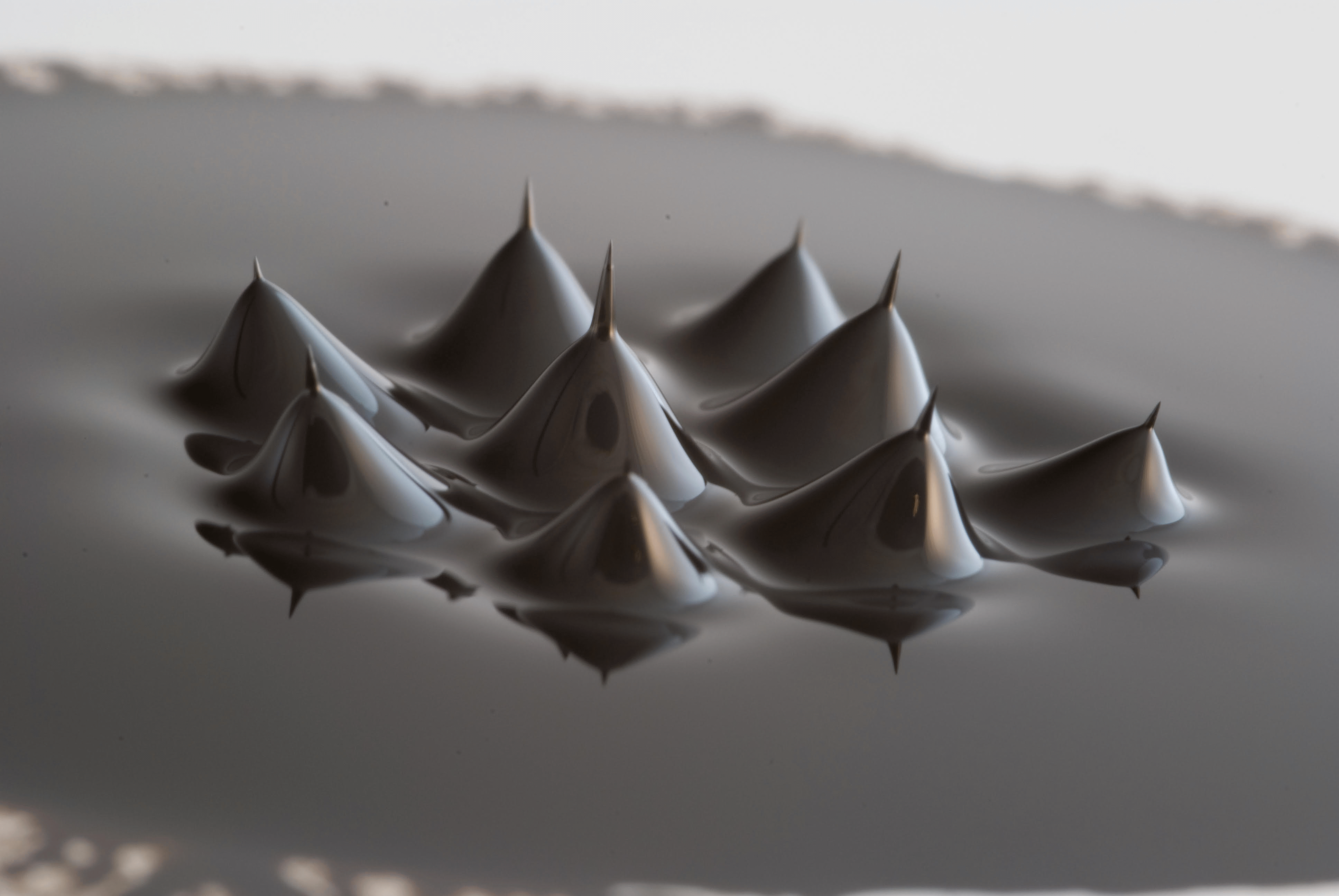
Search this site with the power of

